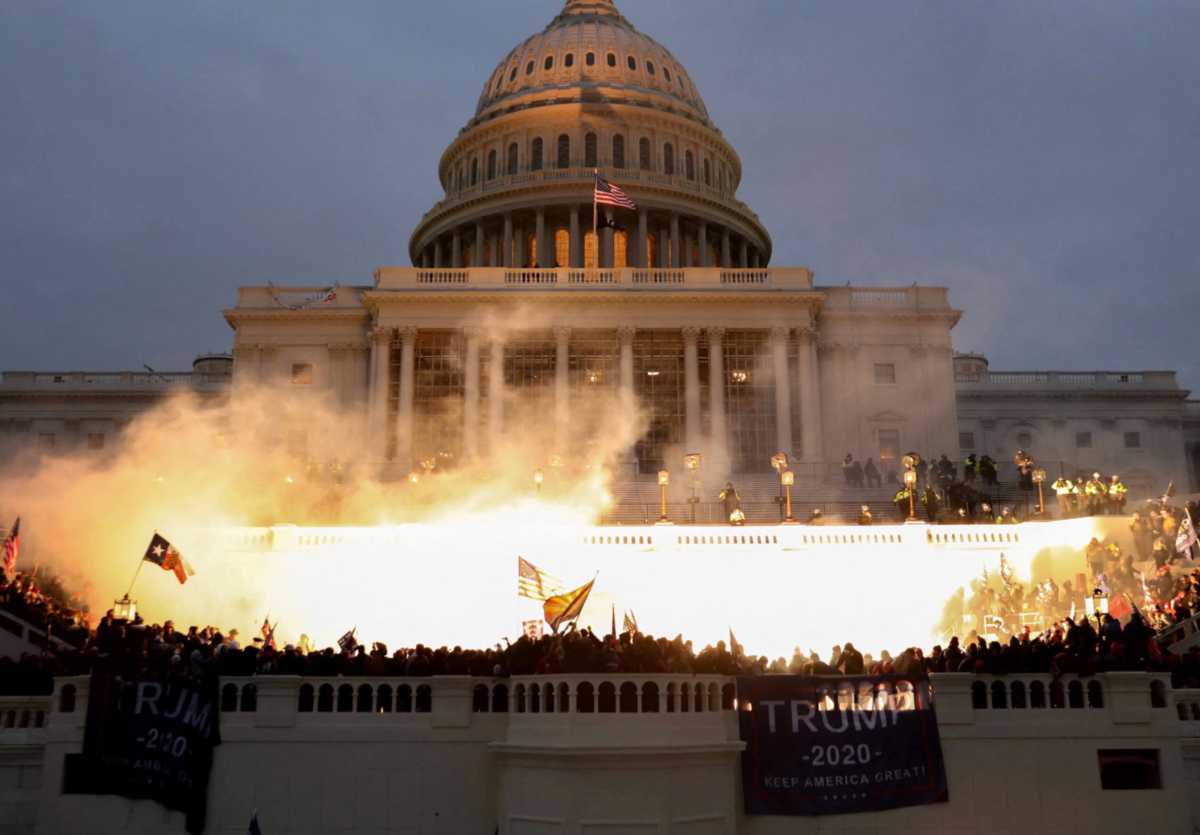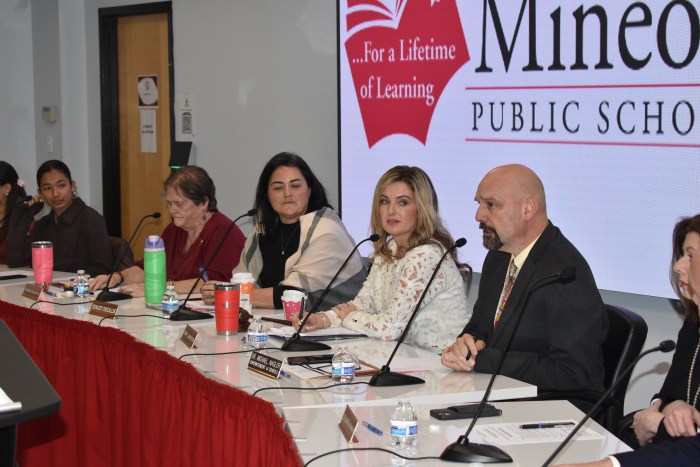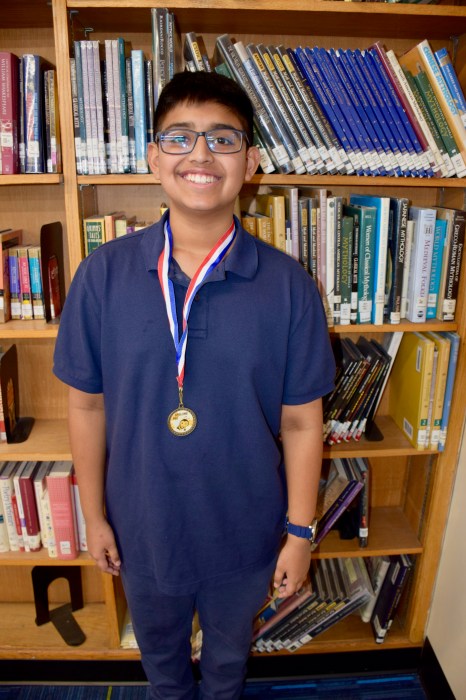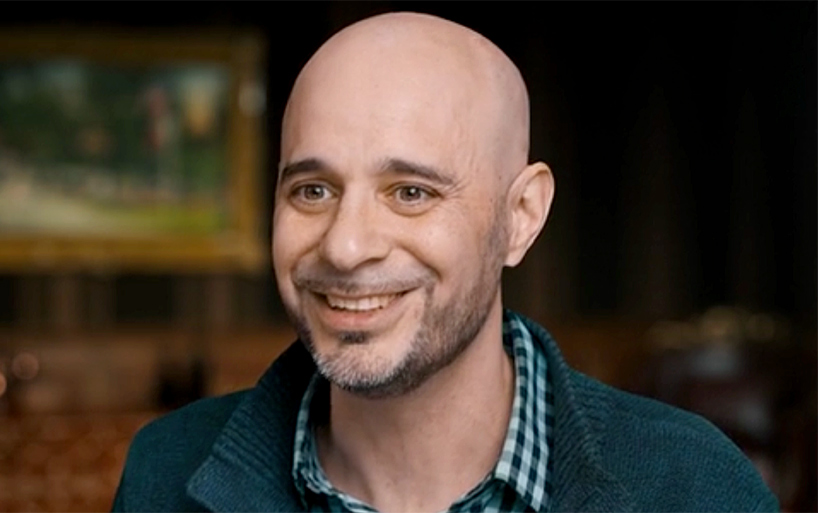The Garden City Board of Education on April 11 adopted a budget that will ultimately be presented to voters on May 17.
The proposed 2022 through 2023 budget amounts to $124,579,449, with a budget-to-budget increase of 1.80 percent. The projected tax-levy increase is 1.25 percent, which is $1.1 million below the maximum allowable tax cap of 2.29 percent.
Of the budget expenditures, 11.5 percent of the monies will fund administrative costs, 75.7 percent will go towards district programs and 12.8 percent will fund capital projects.
Sources of revenue includes approximately $8.2 million in state aid, $1.4 million in local revenue, $4.3 million in Payments in Lieu of Taxes, $1.2 million in appropriations from the reserves, $2.6 million in fund balance, $150,000 in inter-fund transfer and $106.7 million in property taxes including the School Tax Relief program.
“For the first time there is monies in the state aid for pre-school,” said Superintendent of Schools Dr. Kusum Sinha. “That is for four-year-old students and we have received funds for that… It is a special aid fund. That means you have to apply for it, like a grant, and when you spend it you get reimbursement from the state. It has to be approved. There’s a long process for that. That’s the difference in our state aid, but again it does not go into our general aid.”
This is a budget, according to a presentation to the board on April 11, that will continue to focus on project-based and inquiry learning, establish building and district level data teams to monitor student achievement, explore additional computer science opportunities, continue to embed social emotional learning into the curriculum and provide early identification and targeted support for students through the multi-tiered system of supports process.
“Our district priorities, again, stays true to our mission and vision of our district,” Dr. Sinha said. “We want to ensure that our budget presents that at the fullest, and the focus is on our student’s wellbeing and our vigorous academic programs and expanding the opportunities for our students.”
Because the budget is in compliance with the tax levy cap, it will only need a majority vote on May 17 in order for it to pass.
If the budget failed, the Board of Education would have three options: present the same proposal for re-vote, present a modified proposal for re-vote or adopt a contingency budget. The contingency budget includes a reduction of more than $3.2 million. In a contingency budget, all non-contingent items of expenditure must be removed. The Board of Education would determine what items would fall under “ordinary contingent expenses.” All contractual and debt service obligations for the 2022 through 2023 school year would remain in effect.
Also on the May 17 ballot will be the election of three new Board of Education trustees and the permission to use the 2019 capital reserve while establishing a new capital reserve. Funds from the 2019 capital reserve fund is not part of the 2022 through 2023 budget proposal. Voter approval through a referendum is required, but using the monies would not impact the proposed budget and it will not raise taxes.
The purpose of a capital reserve is to serve as a savings account to be used to finance future building renovations and infrastructure needs. The benefits of a capital reserve is that it does not affect the proposed budget while providing a resource by which the district could dedicate funds towards the preservation and enhancement of its facilities. The capital reserve provides a way for the district to avoid having to create a tax spike in order to fund major projects and interest earned on the account only adds to the fund. The target for the new capital reserve is $16.2 million, which will be accrued overtime through a combination of budget efficiencies, unanticipated revenues and excess reserves.
The expenditures within the capital reserve would always require voter approval.
There will be a budget hearing on May 10.
“The budget process was truly a collaborative effort,” Dr. Sinha said. “We’ve received feedback from our community members that we’ve incorporated, our PTA, our SEPTA, our different parent groups with their input. We’ve also [received input from our] Board of Education. Our administrators, faculty, staff have all had a say or they gave us feedback. Our student voices are in this budget as well. They’ve also shared what they would like to see.”
For more information about the budget and in progress and proposed capital projects, visit gardencity.k12.ny.us.


































